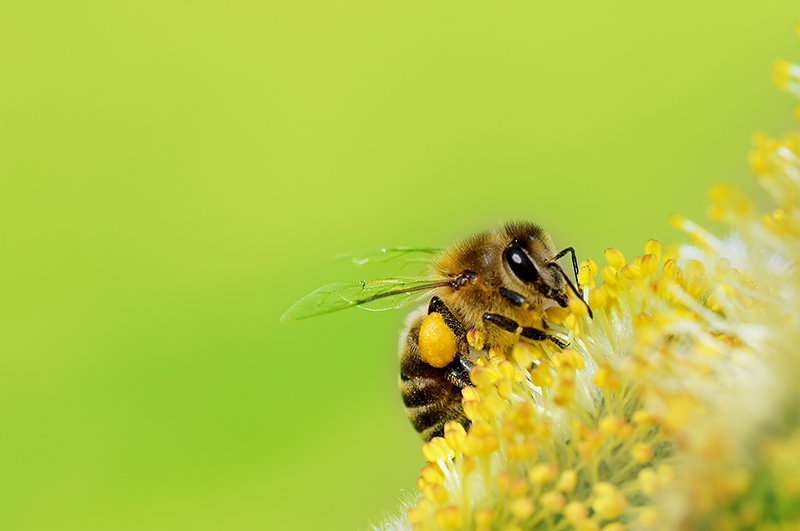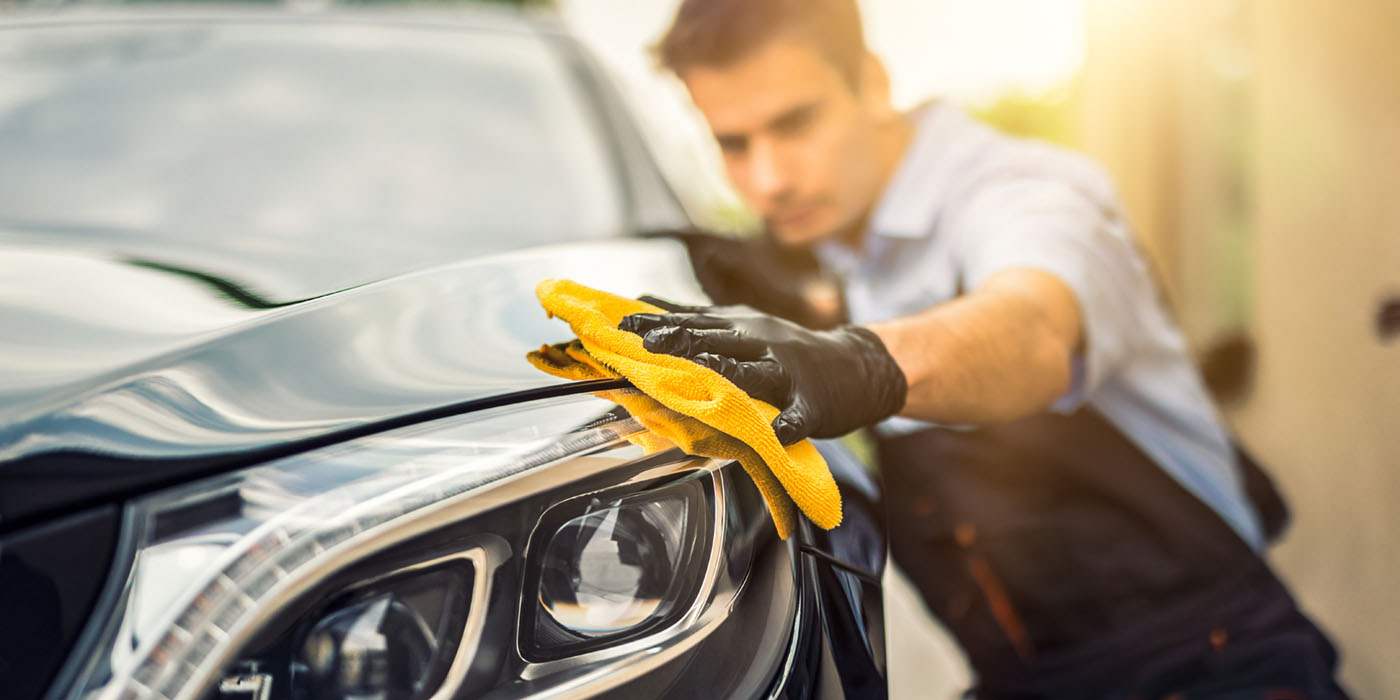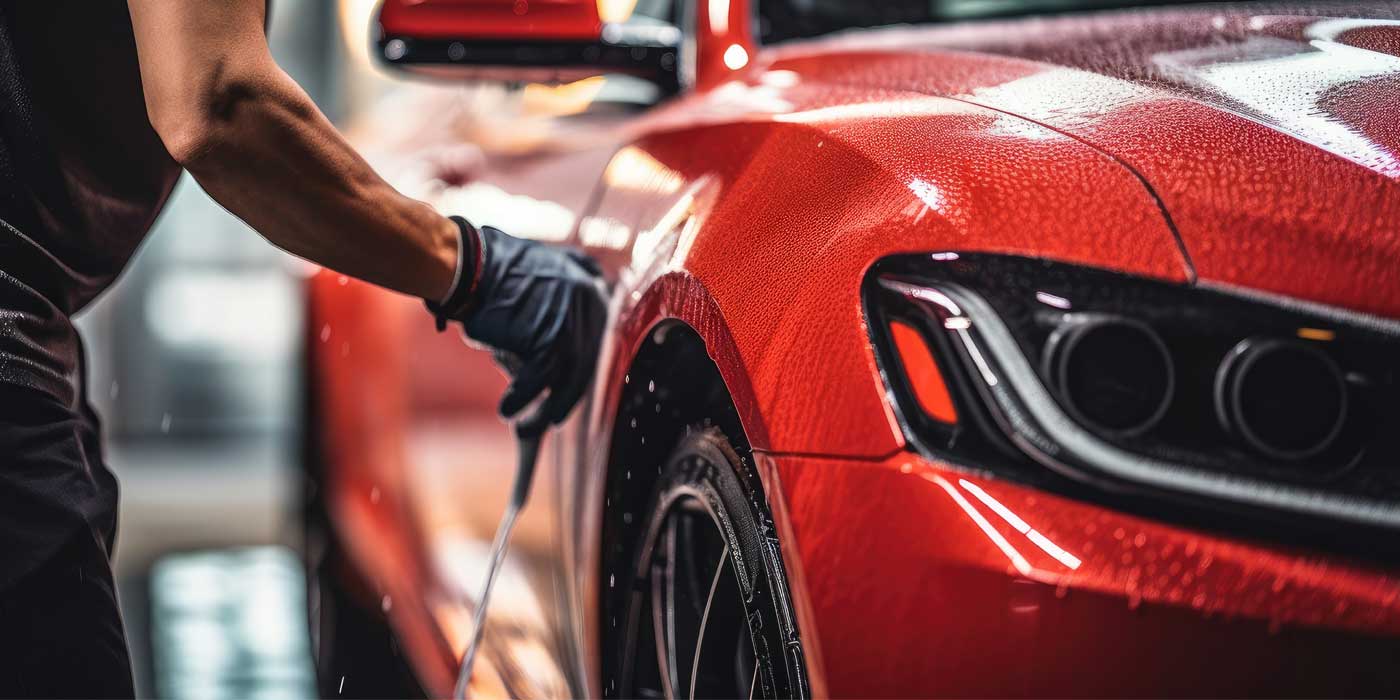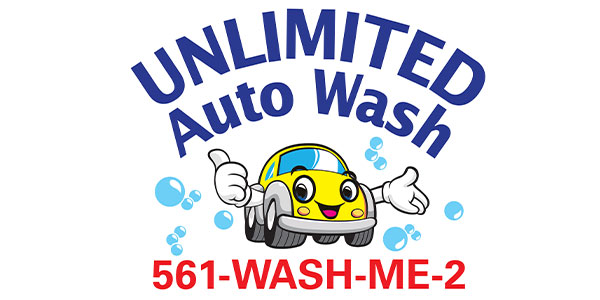According to Professional Carwashing & Detailing’s Industry Report, roughly one-third of carwash owners and operators claim that spring is their busiest season, the other two-thirds being divided fairly evenly between summer and winter.
No time to read this article? Listen to it instead!
Salt and deicers are to winter carwashing what bugs and pollen are to spring carwashing, and both mean big business booms for you. However, just because people are more likely to frequent your carwash during the spring due to these natural phenomena, it doesn’t mean that they’re going to frequent as much as they could. Your job as a professional carwash operator is to educate your customer base about the importance of spring carwashing.
Pollen problems
If there’s one part of spring that will drive customers regularly to the carwash, it’s pollen. Car owners cannot stand to see their vehicles perpetually covered in these thin blankets of yellow, so unless there’s a lot of rain in the forecast, you can be sure that pollen season will see an uptick in your car counts.
It’s important to know when pollen season is for your region. Generally, pollen season will begin earlier in the year in the southern U.S. (around late February to March) and later in the northern part of the country (around May). Yet, according to a study done by the U.S. Environmental Protection Agency (EPA), since 1995, ragweed pollen season has grown longer at 10 of the 11 locations studied.1 The data shows that the length of ragweed season generally grows more pronounced from south to north. In other words, the northern U.S. and Canada are experiencing longer pollen seasons (by about 15 to 25 days) than they were over two decades ago. While this is unfortunate for those who suffer from allergies, as the trend continues, it means good news for carwashes.
Pollen can be specifically problematic for car interiors as well as systems. Justin Alford, owner of Benny’s Car Wash, based in Baton Rouge, Louisiana, says, “We’re in the oil change business as well, so we recommend checking your air filters in your car.” In addition to your car’s air filter, Alford reminds operators to check the cabin air filters as well, which often get overlooked.
“You’d be surprised how dirty that [air filter] gets. You pull that thing out, and it’s just as green as the outside of the car,” Alford says. As such, if you run a quick lube business as an additional profit center at your carwash, consider promoting air filter replacement services during the spring season to your customers.
Oh bugger, what a mess
The real danger to cars come the spring season is bugs. Insect remains are detrimental to vehicle surfaces, especially the longer they are left on.
According to Dennis Kornoelje, sales manager for Magic Finish Professional Car Care Products, “Most customers don’t realize how difficult insects … especially when baked on, can be to remove from vehicles. When a bug hits a car’s surface, it explodes and the chemicals inside it leak out, which can be damaging to the painted surface.”
Left to their own devices, customers will often try to save time and money by waiting until the end of bug season to wash their cars of all bugs. However, Alford urges operators to help customers break this bad habit. Alford himself tells all of his customers that, whenever they’re going on a trip and they stop for gas or a break, they should run through a carwash if there are bugs on the car.
According to Alford, if you leave bugs on a car for more than a few days in a row, they’re well-adhered to the surface, and the longer they’re on there, the more chance they have to do damage, especially if they sit baking in sunlight.
Doug Marquis, vice president of business development at Cleaning Systems Inc. – Lustra, explains, “The ‘bug soil’ typically has a pH level of about three to five, so it can really be classified as an acidic protein. If it’s left to dry on the clear-coat surface, it adheres at an increasingly stronger rate, and the acidity can slowly increase as the moisture evaporates. Having this highly concentrated, strongly adhered acidic soil on any surface will cause damage, and on a vehicle’s clear-coat, it can leave permanent damage spots.”
That said, using ordinary carwash chemicals will not do the trick. Marquis notes, “We aren’t trying to clean the bugs — we are trying to remove them. That means traditional cleaners are not the best approach for successful bug removal.”
Bug off
According to Kornoelje, when bugs begin to decompose, they produce destructive enzymes/proteins that bond to the surface they hit, such as paint and plastics. “This can actually etch into the surface because of the organic acidity, which is why we have to use a mildly alkaline/solvency formula to break down the protein or basically soften the bond in a safe manner that doesn’t harm the vehicle finish,” he elucidates.
Marquis explains that chemical manufacturers’ scientists look at two components when designing chemistry for bug wash: adhesion and corrosion. In other words, scientists are looking for a way to first release and then counteract the insect remains to best remove them and leave a damage-free surface behind. Thus, bug removers need to be super-wetting surfactants so that they can re-soften the dried remains on the car before removing them. These alkaline solutions then neutralize the acidic remains and decompose the proteins.
“These surfactants increase the electrostatic repulsive force between the soil and the surface, and they also swell the soil to decrease the physical attraction,” Marquis notes. “In laymen’s terms … that means ‘soften the bugs and puff them up a bit,’ so the high-pressure or friction cleaning action has something to grab on to.”
The critical factor for bug remover is time. The experts we interviewed agree: the longer the dwell time, the more effective the solution is at removing the bugs. And, there’s no need to worry about the chemical affecting the vehicle’s finish, as it is designed only to penetrate and soften dead, dried and porous surfaces like bugs.
“Some bug removers on the market have unique characteristics like consistencies that hold or lock the product application in place that help shorten the needed dwell time. In general, however, get them on early and leave them as long as possible,” Marquis advises.
Kornoelje adds that softening bugs to break their bond with the vehicle surface may be the best approach for fresh bugs, but baked-on bugs need a little tougher treatment. “For bugs that have remained on or are baked on a car for a longer period, a more aggressive alkaline chemical is needed that will actually dissolve the bugs from the car finish. Chemical selection, dilution ratios and application are all extremely important to protect the finish of the vehicle,” he says.
However, depending on the type of carwash you run, there will be different methods for applying bug wash. For full service operations, Alford says, getting bugs off a car is non-negotiable. Customers expect that as part of the service. Full service carwashes will pre-treat cars with a bug remover solution before washing them.
Yet, with express operations, it becomes a little more difficult. Because of the needed dwell time, bug remover would be problematic to automate, and with so little prepping involved, the challenge becomes even greater. The solution that Alford has put into place at his carwashes is to set up self service stations for customers.
“We put prep washing stations at our express washes where the customer can stop and wash the car themselves, basically. Remove their own bugs. We give them the hogs hair brushes and the solution is out there, and they can scrub the front of their cars down before they go through the wash,” he explains.
Finally, Kornoelje stresses that operators should use the highest quality bug remover available and take advantage of the knowledge that chemical companies’ representatives have on how to effectively use the products and lessen the time it takes to clean off bugs so that your wash remains as efficient as possible.
Furthermore, all our experts note that surface protection products, such as clear-coat sealants, carnauba waxes and other polymer polishes, will all help protect customers’ vehicles from the damaging effects bugs have as well as make them easier to clean off, assuming these products are applied regularly. Customers should have protectants applied before bug season begins and then keep up the treatments regularly (ideally with weekly washes) throughout the season to keep bugs from sticking.
“Slogans like … ‘WASH the bugs away EVERY DAY’ are great ways to be proactive for and with … customers as bug season draws close,” Marquis advises.
Doing some spring cleaning
Your customers aren’t the only ones who should be doing some cleaning at the carwash. You ought to tidy up as well.
“Springtime is always a good time to readjust your chemistry,” Alford asserts. “As temperatures warm up and the paint warms up, some people may need to adjust their high pH. In the old days, it would tend to haze up a car if it got too strong.”
In addition, as with your home, the season lends itself as a great time to do some spring cleaning at your business. Take the time to rid yourself of excess, unused inventory and paper documents you no longer need. Thoroughly clean your site. In fact, your site maintenance should go the extra mile beyond just a deep cleaning. Alford recommends fixing your parking lots if they were damaged by snow plows and salt and repainting them as needed. He also notes that you should check your chain and rollers to make sure they’re working optimally.
In addition, give some attention to your cyberspace. Clean up your desktop or clean out some folders on the computer. Give your website a facelift, or at the very least make sure you have no dead links. Update your social media cover images if you haven’t done so in a while, and put up a few new posts, if you haven’t gotten into the habit of doing so regularly.
“Springtime is generally our busiest time of year. So, it’s just a good time to get prepared for washing cars again,” Alford concludes.
Source:
1www.epa.gov/climate-indicators/climate-change-indicators-ragweed-pollen-season














